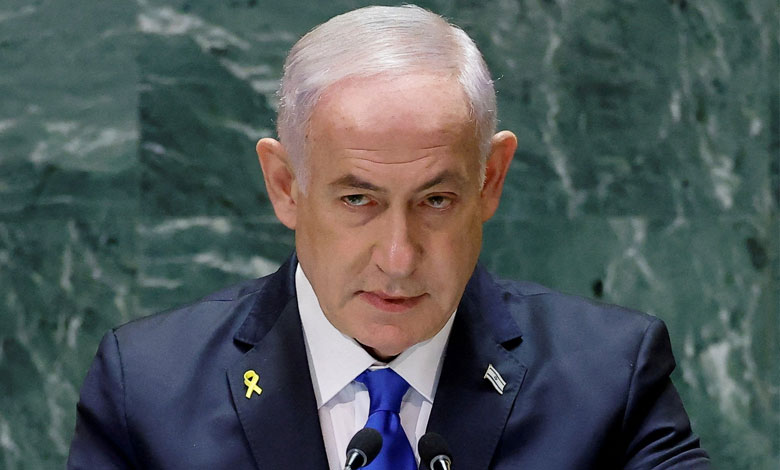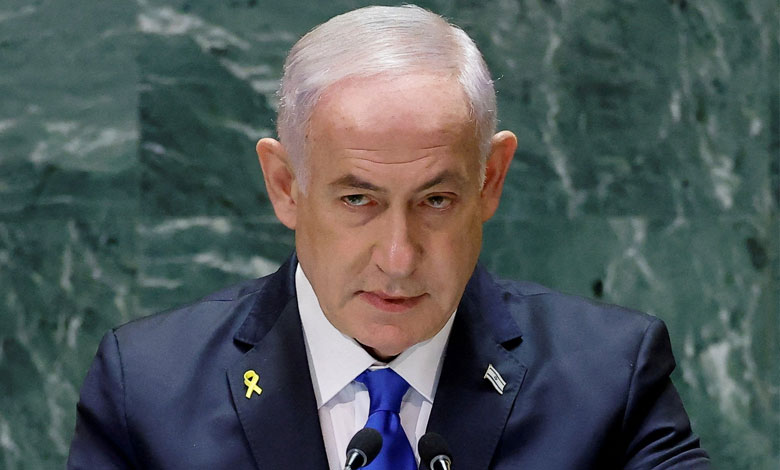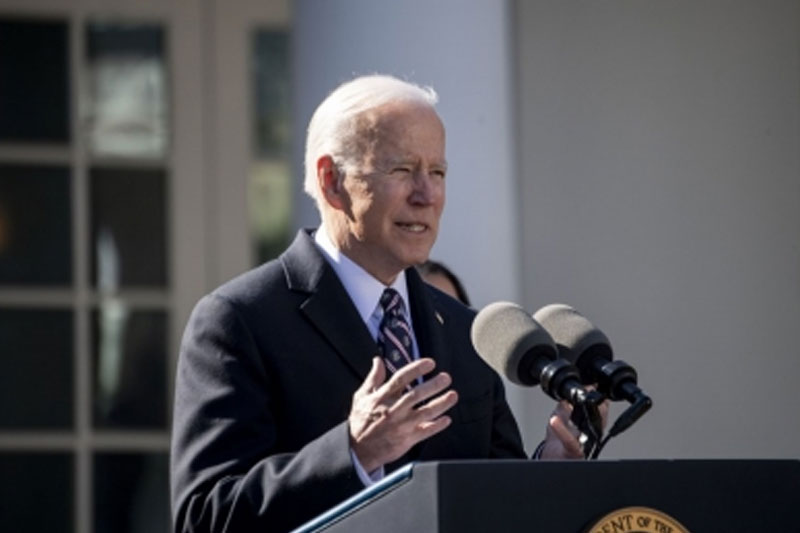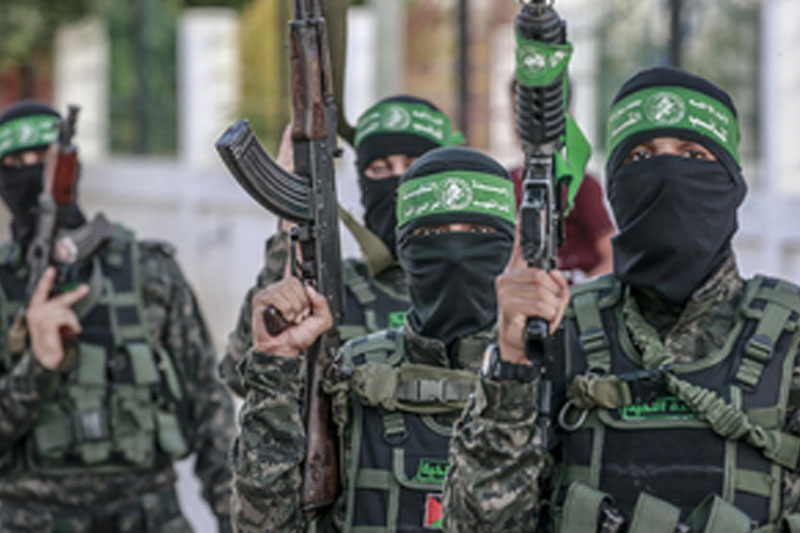Is the Gaza Ceasefire Deal with Hamas Final? US and Qatar Says Completed, Netanyahu Says Not Yet
Israeli Prime Minister Netanyahu has expressed caution, stating that the ceasefire deal with Hamas is not yet finalized, despite announcements from President Biden and Qatar confirming the agreement. Find out what’s still pending in the negotiations.

Israeli Prime Minister Netanyahu has expressed caution, stating that the Gaza ceasefire deal with Hamas is not yet finalized, despite announcements from President Biden and Qatar confirming the agreement. Find out what’s still pending in the negotiations.
After months of diplomatic efforts, U.S. President Joe Biden announced that Israel and Hamas have reached a ceasefire and hostage deal. The agreement, brokered with the help of Egypt and Qatar, is set to halt the ongoing war in Gaza and bring significant humanitarian relief. This deal marks a key moment in Biden’s foreign policy legacy, just days before the transition of power to President-elect Donald Trump.
Table of Contents
Biden, who has been instrumental in facilitating the agreement, stated, “This deal will halt the fighting in Gaza, surge needed humanitarian assistance to Palestinian civilians, and reunite the hostages with their families after more than 15 months in captivity.” The announcement comes after months of intensive negotiations, primarily conducted in Doha, Qatar, and follows the support of the United Nations Security Council for the ceasefire plan.
A Fragile Peace
The ceasefire, set to go into effect on Sunday, aims to bring a six-week halt to the fighting, marking a significant step in ending the 15-month-long conflict. As part of the agreement, Hamas will release dozens of hostages, and Israel will begin withdrawing troops from densely populated areas of Gaza. Humanitarian aid will also flood into the region, helping those displaced by the war.
The deal includes a phased approach:
- Phase One: A six-week ceasefire begins Sunday, with the release of 33 hostages and the withdrawal of Israeli forces from heavily populated areas of Gaza. The release will primarily include women, elderly individuals, and wounded hostages. Humanitarian assistance will also be ramped up.
- Phase Two: Negotiations will continue to secure the release of all remaining hostages, including male soldiers, with the eventual withdrawal of all Israeli forces. However, Israel has made it clear that it will only agree to a full withdrawal if Hamas’ military and political capabilities are eliminated.
- Phase Three: This phase will focus on returning the bodies of the remaining hostages and beginning the reconstruction of Gaza, a task expected to take decades due to the extensive damage from the conflict.
What Israeli Prime Minister Says

Israeli Prime Minister Benjamin Netanyahu confirmed on January 16 that the ceasefire agreement between Israel and Hamas is still being finalized, with key details under negotiation. The deal, announced earlier by the United States and Qatar, is aimed at halting the 15-month conflict and facilitating the return of hostages. While Palestinians celebrated in the streets of Gaza, the deal remains tentative and requires approval from Israel’s Cabinet.
The conflict has claimed over 46,000 Palestinian lives, with Israel seeking the elimination of Hamas’ military and political power, while Hamas demands the full withdrawal of Israeli troops for the release of all hostages. Both sides face immense pressure to finalize the deal and pursue lasting peace.
What Qatar’s Prime Minister Says

The ceasefire deal between Israel and Hamas, announced in Doha on January 15, 2025, marks a significant step toward ending the devastating 15-month war in Gaza. The deal, facilitated through months of negotiations, includes a phased approach aimed at bringing an end to the ongoing violence and addressing the humanitarian crisis.
Challenges and Uncertainties
Despite the breakthrough, the agreement faces challenges, including whether Hamas will fully comply with Israeli demands and how the extensive reconstruction of Gaza will proceed. The deal’s successful implementation could pave the way for lasting peace, though broader geopolitical implications, including future governance of Gaza, remain uncertain. As both sides prepare for the next steps, the international community watches closely, hopeful for a resolution but aware of the complexities involved.
Global Reactions

While Biden celebrated the deal, emphasizing the role of U.S. diplomacy in securing the agreement, President-elect Trump also welcomed the development, attributing it to the broader momentum of his administration’s policies in the Middle East. “This epic ceasefire agreement could have only happened due to our historic victory in November,” Trump said, expressing hope for further peace efforts in the region.
On the ground in Gaza, the announcement of the ceasefire was met with celebrations. Palestinians poured into the streets of Gaza, honking car horns and chanting in joy. For many, the agreement offers a glimmer of hope after over a year of violence and destruction. “This is the best day of my life,” said Abed Radwan, a displaced Palestinian living in Gaza City, expressing his hopes of returning to his home.
In Israel, the announcement was met with cautious optimism, but some expressed skepticism, noting that final details were still being worked out. Israeli Prime Minister Benjamin Netanyahu’s office indicated that the ceasefire agreement would only be formally accepted after the details were finalized and approved by the Israeli Cabinet.
Humanitarian Crisis
The humanitarian toll of the war has been immense. According to local health authorities, over 46,000 Palestinians have been killed in Gaza, with many civilians caught in the crossfire. The war began on October 7, 2023, when Hamas launched a brutal attack on Israel, killing over 1,200 Israelis and taking 250 hostages. In response, Israel has carried out relentless air and ground offensives that have displaced nearly 90% of Gaza’s population.
International organizations have warned of a looming famine in northern Gaza and raised alarms about the dire conditions in hospitals and shelters. The ceasefire deal is seen as a vital step toward alleviating some of these crises, although many challenges remain.
Looking Ahead
While the ceasefire is a hopeful sign for peace, many long-term questions remain about Gaza’s future. The final resolution of the conflict will depend on the success of the phased withdrawal of Israeli forces, the release of all hostages, and the eventual reconstruction of Gaza, a task that will require significant international support.
As the details of the agreement continue to unfold, both Israelis and Palestinians are cautiously optimistic that this ceasefire could provide the foundation for a lasting peace, even as tensions and complexities persist.

